6 Things that will kill your LMS

For many organizations, a learning management system (LMS) will be the biggest investment in their entire learning strategy. When you’re spending a significant chunk of your learning budget on an LMS, you want to make sure you’re maximizing your ROI.
Unfortunately, many organizations get luredinto using an unsuitable LMS with a long list of eye-catching features, an appealing discount or vendor promises that sound too good to be true. Well, guess what… they usually are.
Over time, you will start to notice the limitations of your LMS. It might be that extra charge to update your brand imagery, or the two-year wait to add that vital new feature you need right now. Maybe your vendor is not responsive to industry trends or customer demand, and suddenly you’re left trapped in a contract for a system that doesn’t meet your needs, and won’t for the foreseeable future.
YOUR LMS DOESN’T MOLD TO YOUR ORGANIZATION
Every organization has its quirks. From the most traditional, family run businesses to dynamic new Silicon Valley startups, every business has its own way of working – and learning. From your workflows to your processes and even the roles within your learning and HR team, your organization is different – and that’s something to be embraced. That difference is your competitive edge.
For instance, maybe your organization undergoes a major restructure. As part of this restructure, you will need to reflect your organization’s new structure in the hierarchy setup of your LMS.
You may also wish to extend your learning beyond the organization itself to provide learning to customers. Without multitenancy functionality to support your newly extended use case, you will end up either ditching your new plans entirely, or trying to push ahead with a clunky workaround that doesn’t meet the needs of internal and external learners, which wastes time and kills productivity.
YOUR LMS LOOKS AND FEELS GENERIC
When you visit your bank’s website, you expect it to reflect the brand with which you’re familiar. You expect to find the logo, the brand colors, the familiar font and the imagery and slogans you see in their advertising. This provides a visual signal that you’re in the right place and you can trust the website.
The same applies for your LMS. Your learners trust you as an organization, and count on you to provide them with quality learning content. While you may think that as long as the content itself is high quality, the appearance doesn’t matter, this is far from the truth. A consistent, cohesive brand puts learners at ease and makes your learning appear more trustworthy, which ultimately enhances the learner experience.
Branding goes deeper than just slapping a logo and your brand colors on an out-of-the-box LMS, though. It’s about creating a seamless, instantly recognizable space for your learners, which includes things like site navigation, the art style and even the icons you use.
YOUR LMS DOESN’T INTEGRATE INTO YOUR WIDER TECHNOLOGY INFRASTRUCTURE
Workplace learning doesn’t stand in isolation – far from it, in fact. Learning is connected to virtually every other process and department in your organization, from sales figures to bonuses to satisfaction ratings to performance levels to customer service and much, much more. Learning teams know this only too well, and the LMS usually sits at the very heart of these intra-organizational processes, acting as a hub through which all learning data flows.
In particular, failing to integrate learning with employee engagement and performance management means you’re missing a trick. The three are inextricably linked, and integrating your learning, engagement and performance management systems and processes with a Talent Experience Platform ensures that acting to improve one area will benefit you in the other two areas.
Now imagine your LMS sits completely isolated within your organization’s full technology infrastructure. It doesn’t send or receive information from the HR team, the sales team, the compliance team, the management team… the list goes on.
Unfortunately, this is the reality in many organizations, where the LMS sits in a silo and doesn’t communicate with any other systems. Of course, it falls to the learning team to act as a go-between, replacing speedy automation with painstaking manual processes.
YOUR LMS PROGRESS IS CHAINED
TO YOUR VENDOR’S ROADMAP
You’ve had an idea. Perhaps it’s an innovative gamification plan, or a way to improve your recommendations engine, or you’ve had a lightning-bolt moment that you’re confident will completely transform the way people learn in your organization. Until your LMS says no. The functionality doesn’t yet exist. No problem, you may think – I’ll just ask my vendor when it will be possible.
The answer isn’t what you’re hoping for. The functionality you want isn’t on their roadmap. And, worse, you can’t even build it yourself. You’re completely tied to your vendor’s roadmap. What they say, goes. You don’t have a say. Your plans are irrelevant.
YOUR LMS DOESN’T GROW WITH YOU; IT SLOWS YOU DOWN
Imagine that two months into your LMS implementation, your organization acquires a new brand. Depending on the LMS you chose, this will be no big deal or a major disaster. You may find that your LMS lacks the scalability you need to accommodate your new employees, or you can’t manage your newly expanded user base with automated dynamic audiences, or you have no multitenancy functionality to cater for multiple brands, meaning more admin work and reduced efficiency.
Or maybe it’s something far less dramatic. Much more likely is that your LMS sits untouched and underutilized for months. Your employees don’t find the content relevant, find the LMS difficult to use or maybe don’t even know that it exists. Choosing an adaptable LMS means you can constantly try new things to boost and sustain engagement rates, but otherwise, you may struggle to deliver the ROI you promised your leadership team.
YOUR LMS IS NOT READY TO ADAPT TO CHANGE
For many organizations, change in the world creates problems, not opportunities. They are constantly swimming against the tide and trying to keep their heads above water when the world changes yet again, and they are always playing catch-up and trying to figure out how to address these challenges within their current rigid technology framework.
For these organizations, change = time, money and resources. It’s something to dread. These organizations are one critical change away from sinking. The ability to adapt to change is at the top of any boardroom agenda, and it will likely stay that way for the foreseeable future.




